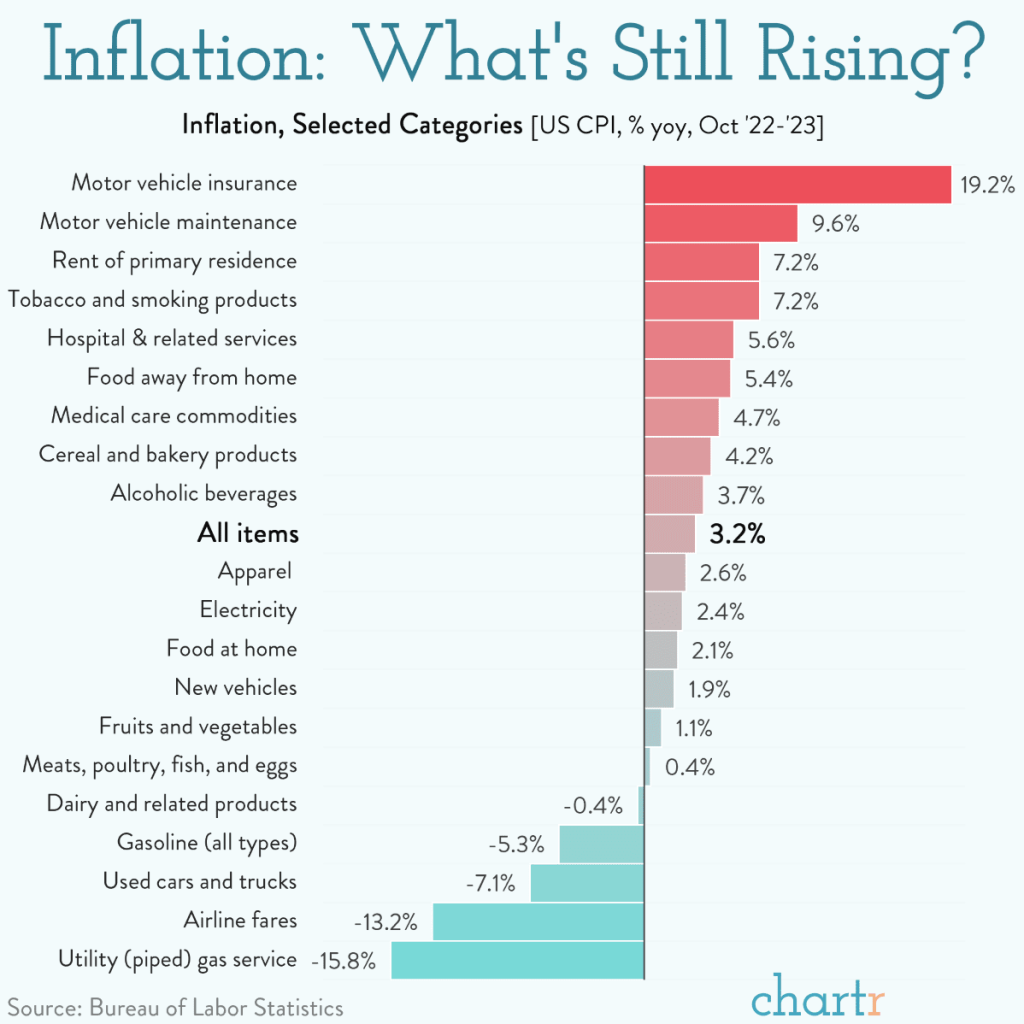
Importance of Learning Trading in Modern Word
Dear Traders,
What a wild week it has been! This week marked one of my biggest closed trading positions, a $100,000 gain in a single day, and it brought a lot of volatility to various names and indexes. There is no better time to be a trader, and I genuinely believe that trading is something everyone should consider learning these days. Maybe day trading isn’t for everyone, but having knowledge about trading, in general, is now a necessity.
When I was growing up in the 1980s, not knowing English was considered illiteracy, regardless of your formal education. In the 1990s, learning how to use computers was seen as an important aspect of literacy. In today’s modern world, understanding financial markets, investing, trading, and being financially savvy are more important than ever. Ignoring this field is similar to illiteracy.
Today, I didn’t trade at the market Open, but in the afternoon, I made an easy and profitable $5,000 trading Tesla. This trade was based on a bounce from R3, a trading style developed and shared by Thor, one of our great traders in the community. It’s incredible to think that I could wake up late, check the market for a moment, make a quick $5,000, and then continue with my day.
If you’d like to watch my recap, please see it here.
When in our human civilization could we ever make money like this?
That’s why it’s crucial to learn about trading and investing. Again, I’m not advocating day trading for everyone, but being financially knowledgeable and understanding the financial sector is now more important than ever.
This week, the big news was the inflation numbers. Thankfully, the pace of price rises in the US has slowed, with the latest Consumer Price Index (CPI) up 3.2% in October compared to the same period in 2022. Although this means things did not got cheaper, the overall rate of increase became slower.
However, it’s important to remember that the CPI is a composite picture of the complex US economy, and prices have been rising and falling across the board.
The index measures monthly price fluctuations across more than 300 individual categories of spending, from the price of rice to college tuition fees.
Take cars, for example. Filling up with gas or buying a used car will cost you 5.3% and 7.1% less than last year, respectively. However, getting car insurance will cost you 19.2% more than if you’d taken out a policy last October, and maintaining and repairing your vehicle will set you back almost 10% more on average as well.
A small amount of inflation (the Federal Reserve’s target of 2%), by itself, is often considered healthy for an economy for several reasons:
It encourages spending and investment: When prices rise slowly, people are more likely to spend and invest rather than save cash. The value of money decreases over time with inflation, making it less attractive to hold onto cash. This increased spending and investment can drive economic growth.
It prevents deflation: Deflation, where prices fall, can lead to delayed purchases by consumers and businesses, reduced consumer spending, job losses, and an economic slowdown.
For example, Japan has been struggling with deflation for an extended period. With an aging population, traditional preferences lean toward saving rather than spending or investing. This presents a concerning phenomenon for the economy.
When prices decline, consumers and businesses often delay purchases in anticipation of even lower prices in the future. This reduced spending can harm economic growth. Additionally, as prices fall, businesses may cut wages or delay wage increases, further reducing consumer spending and exacerbating economic slowdown.
This situation can trigger a “deflationary spiral,” a vicious cycle where reduced spending leads to lower production, job losses, and additional declines in prices and wages, creating a downward economic spiral.
Deflation is not desirable. A healthy economy typically targets a 2% inflation rate, and we are gradually moving in that direction.
Last but not least, we plan to offer a special discount for BLACK FRIDAY.
We’re offering a one-year Elite Bear Bull Traders membership, 3 months of DAS simulator access, a $50,000 funded account, and one PCT boot camp (a total value of $6,500) at a reduced price of only $2,999. We have limited spots available, and before we post it online, I wanted to share it with our newsletter readers, especially those who read up to here.
To your success,
Andrew







